Heritage and conservation after the fires: what’s next for Los Angeles?
In the second instalment of our 'Rebuilding LA' series, we explore a way forward for historical treasures under threat
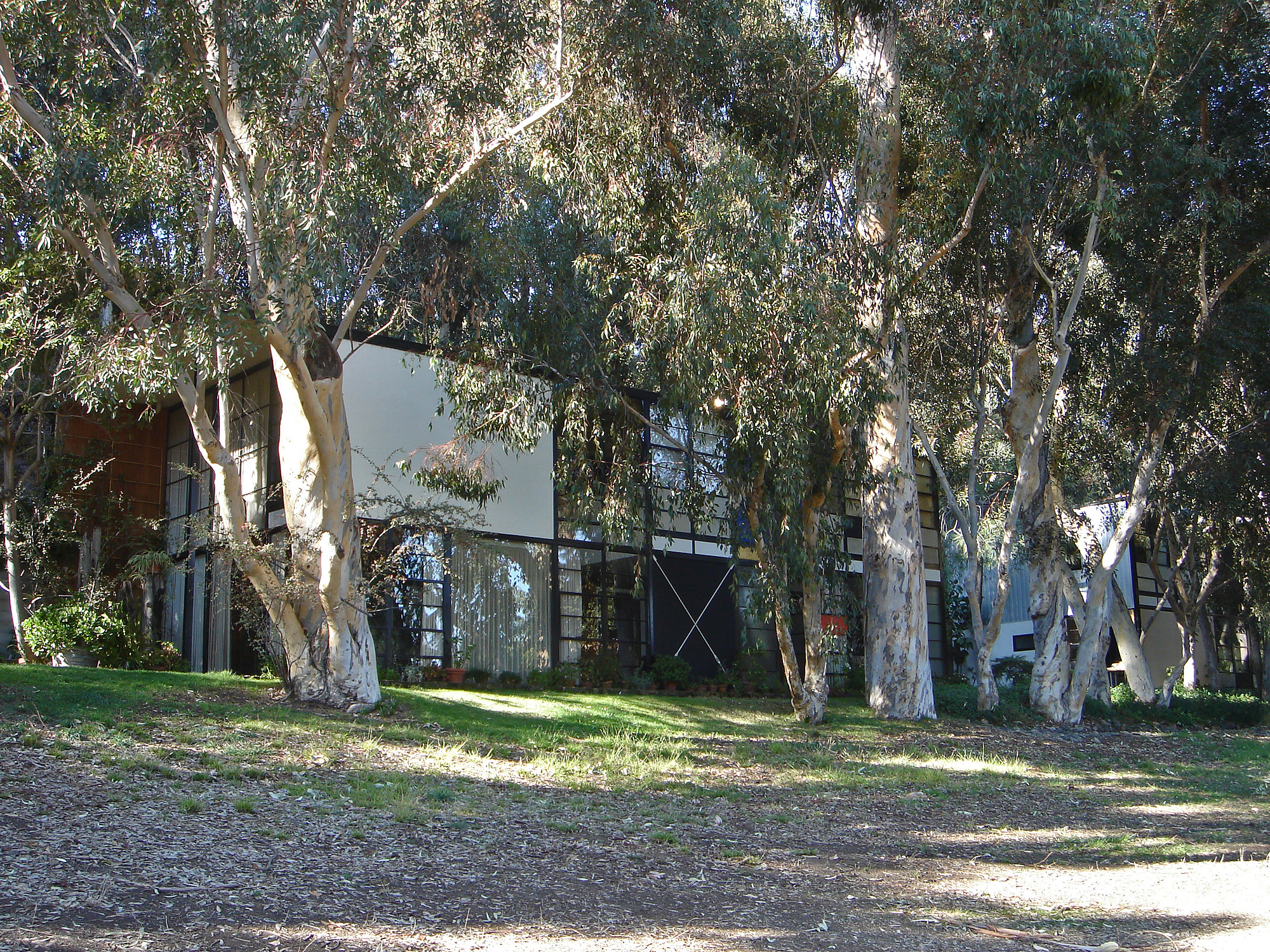
How do we steward the past into the future? As a conservationist and director of the graduate programs in heritage conservation at USC School of Architecture, the question is often on the mind of Trudi Sandmeier. A few weeks after the fires in Los Angeles indiscriminately engulfed neighbourhoods in the Pacific Palisades and Altadena, it’s become an important and regular refrain. The fires destroyed individual structures, some designated as historically or architecturally important, and tore a rent in the cultural fabric of the city. In their aftermath, the ways that we give meaning to the buildings and places around us have changed.
READ MORE
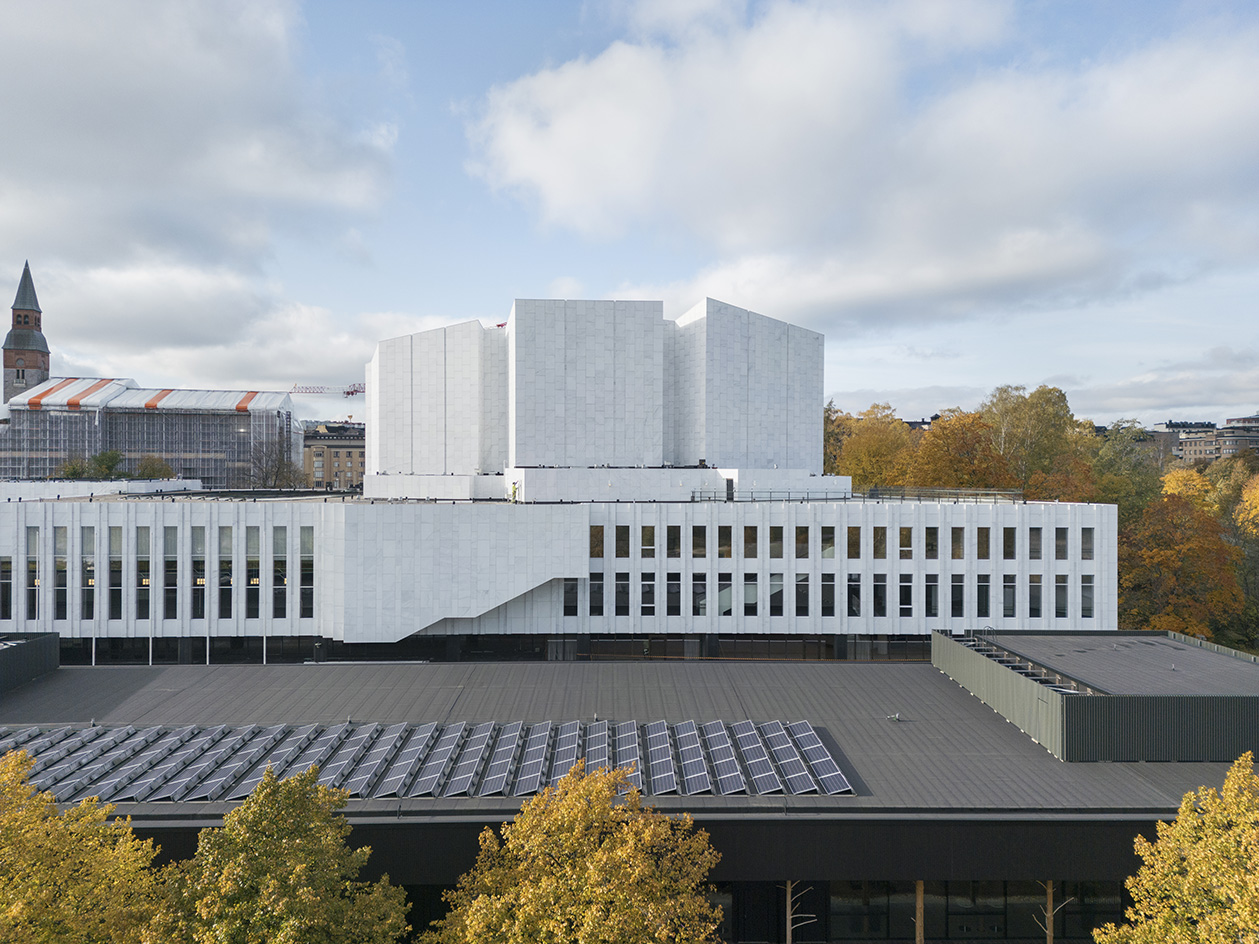
The Palisades Fire ravaged Sandmeier’s home, leaving just the foundations. As she grieves that tremendous loss, she’s also working to understand her own role in guiding Los Angeles forward. 'As heritage conservationists, we are storytellers,' she says. 'We have skills that are needed at a time of crisis to help people—to help ourselves—understand both what we’ve lost and, more importantly, what remains.'
A post shared by USC Heritage Conservation (@uscmhc)
A photo posted by on
After the fires: the future of heritage and conservation in Los Angeles
Sandmeier was out of town when the Palisades Fire ignited. By the time her flight from Boston landed at LAX the next morning her family home and the historic, 31-room ranch house at the Will Rogers State Park were smouldering ruins. The two are deeply interconnected for Sandmeier, personally and professionally. Her grandparents worked for Will Rogers and lived on the ranch before building their own home nearby in the early 1930s. Her grandfather designed and built the house—digging a cellar by hand and planting persimmon trees and camelia bushes in the garden.
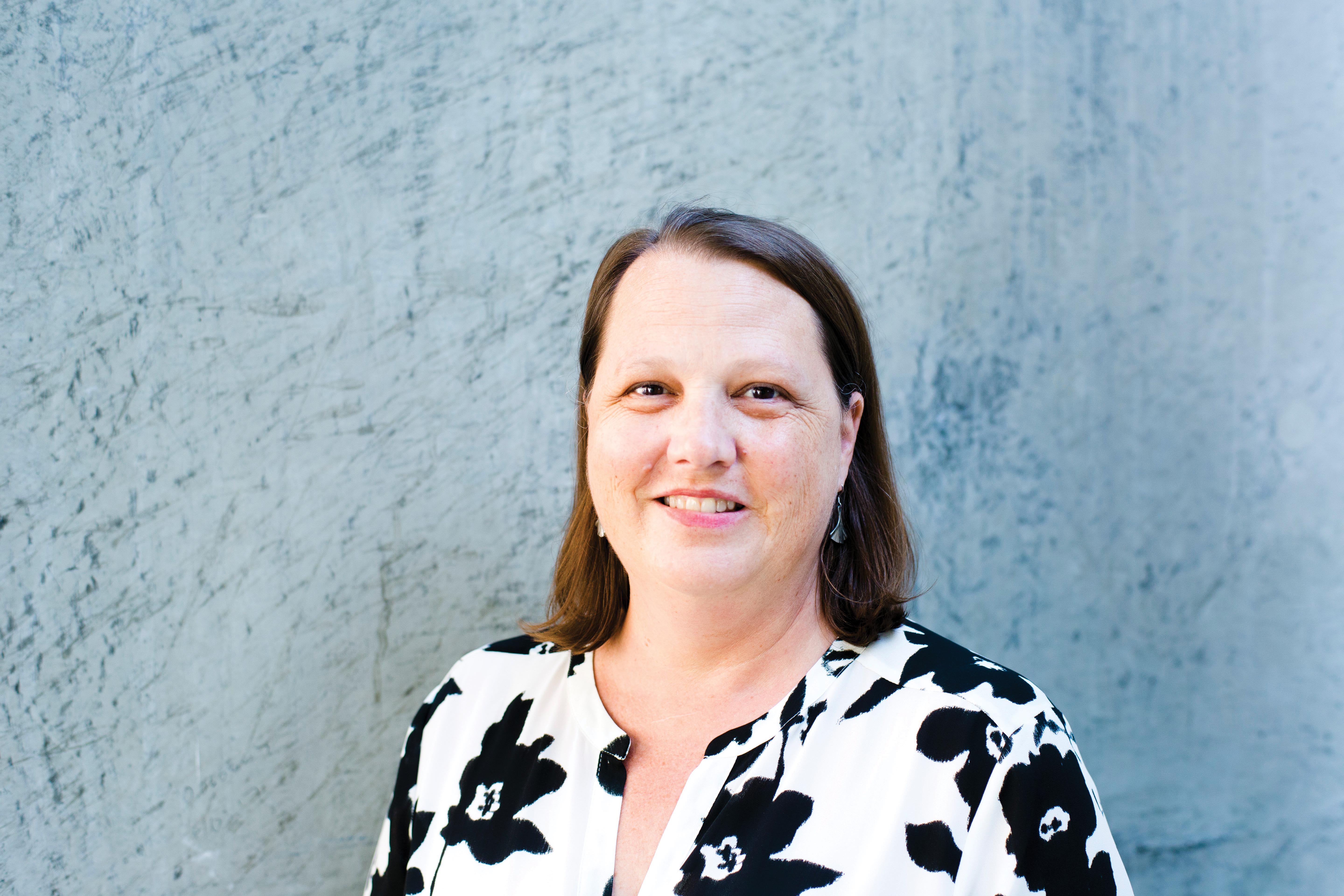
Trudi Sandmeier
Although Rogers died in 1935 and his estate became a California State Park in 1944, Sandmeier’s grandfather continued to help caretake the ranch and its legacy. His stewardship lives on in Sandmeier, who co-founded the Will Rogers Ranch Foundation, a nonprofit dedicated to the ongoing restoration and preservation of the park, where she still serves as a board member. She recently visited the ranch to survey the damage. While it’s been widely reported that the main house and the stables burned, some things survived the conflagration: oak trees, trails, fences, and outbuildings. All of these are part of the park’s heritage. 'The polo field looks perfect,' she notes.
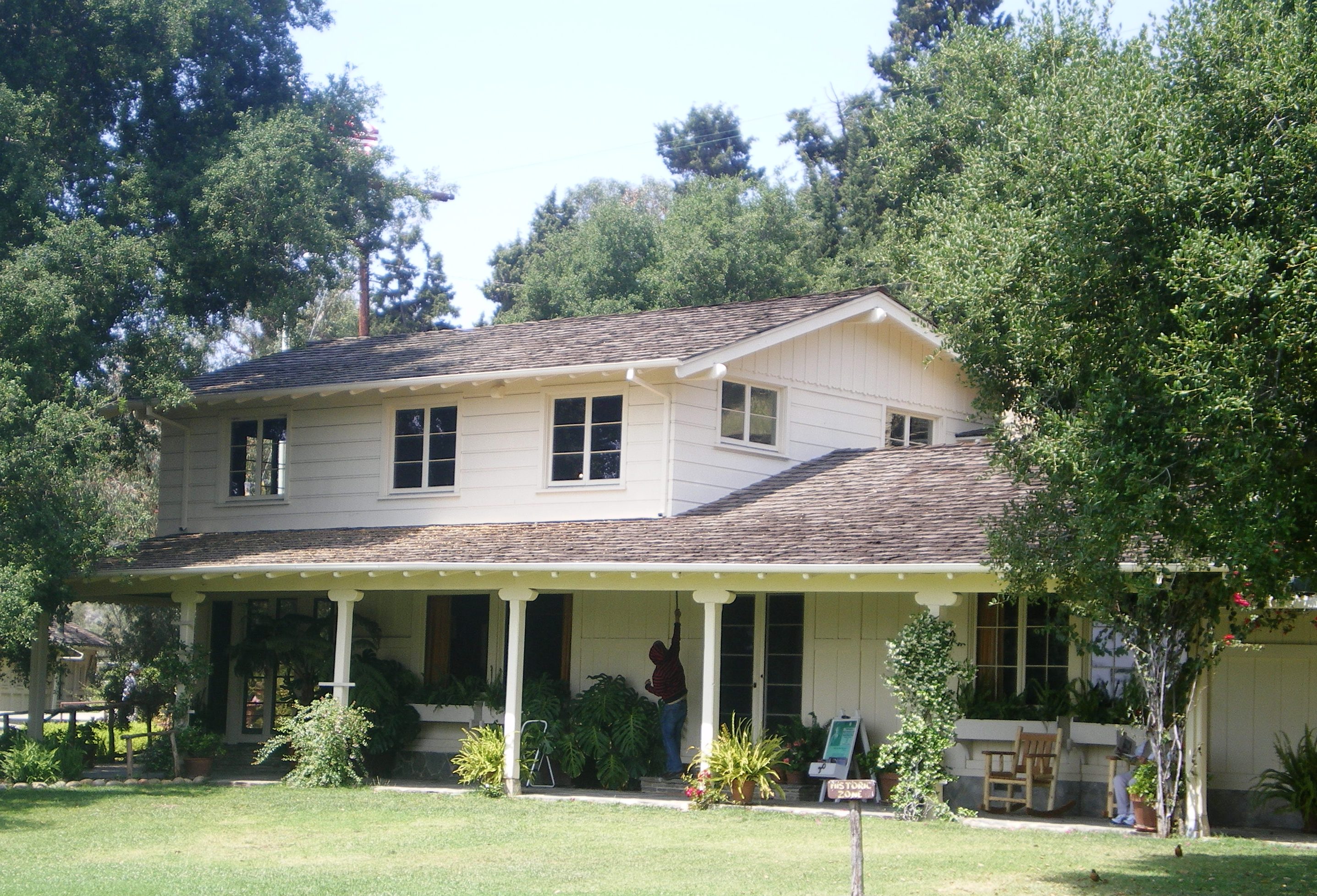
The 1920s Will Rogers House in Will Rogers State Historic Park, as it was before the fire
Still, how and what to reconstruct is a discussion still on the horizon while Sandmeier and the foundation tackle the pressing needs facing the staff, docents, and board members who lost a place to live. 'These are places with meaning and community, with stories and memories that don’t get erased because there’s a fire,' says Sandimeier.
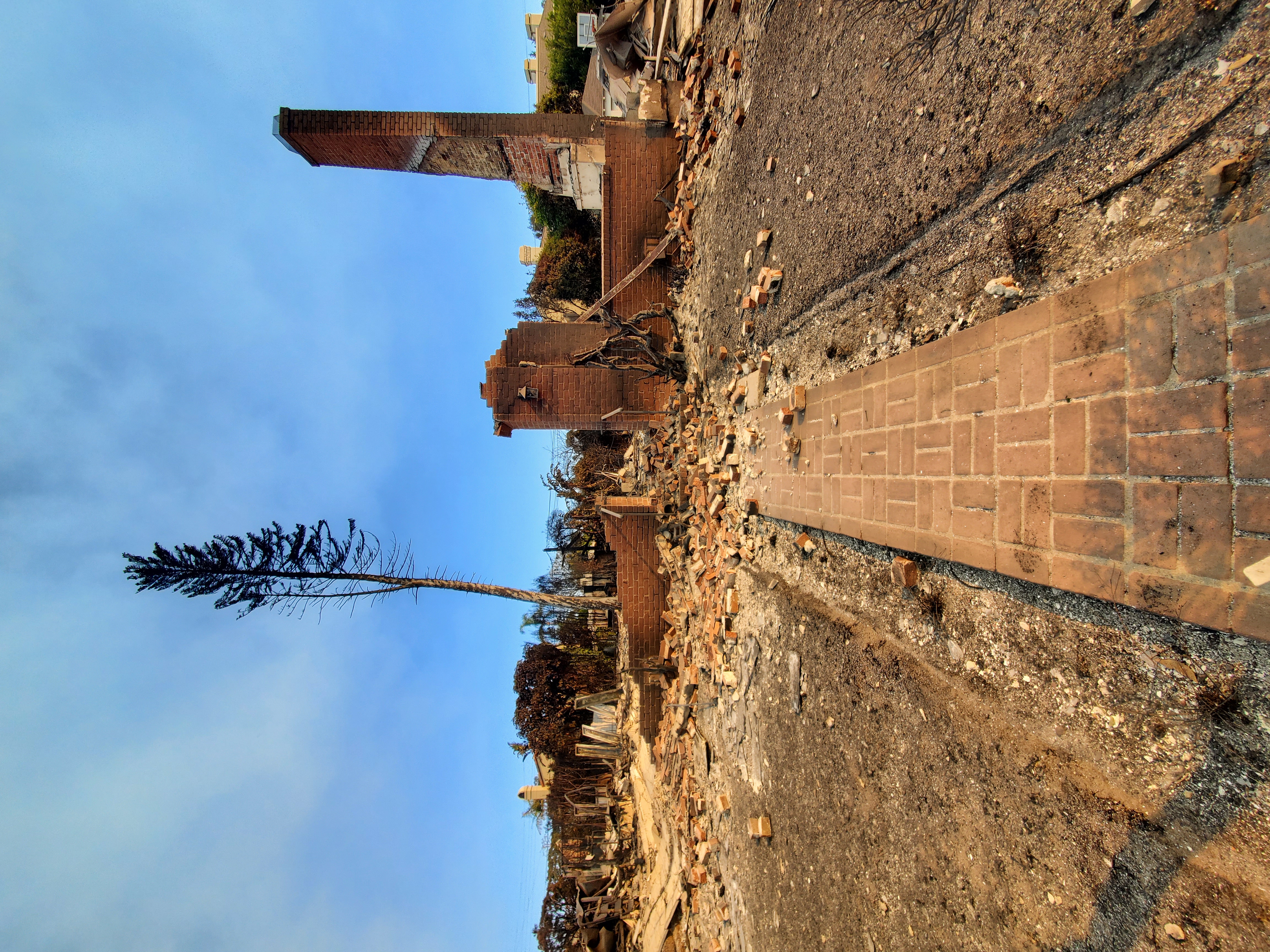
What remained of Trudi Sandmeier's house after the fires
The Pacific Palisades holds a history that sometimes gets left out of a media narrative that categorises it chiefly as a neighbourhood of rich people’s mansions. Those exist, of course, but so do others, like the iconic modernist architecture masterpiece that is the Eames House, which amazingly survived the blaze. As did the modernist residence on San Remo Drive designed by J.D. Davidson, where writer Thomas Mann and his family lived in exile from 1942 until 1952 and is now a residency centre owned by the Federal Republic of Germany. It is just one of several homes dotting the winding Palisades streets that capture the cultural legacies of German-speaking and European émigrés in Los Angeles.
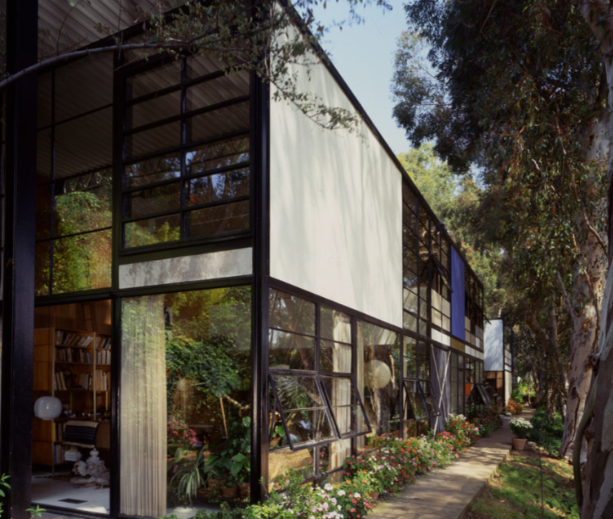
The Eames House, also known as Case Study House No. 8
During the fires, residency fellows and staff evacuated the Thomas Mann House and nearby Villa Aurora, the former home of exiled German-Jewish writer Lion Feuchtwanger and his wife Marta. 'Our team was only able to take a few selected items that would fit the trunk of their cars and had to leave lots of other things,' recalls Benno Herz, program director of the Thomas Mann House. 'Luckily, after the immediate danger of the first two or three days was over, we were able to actually retrieve some of the smaller artworks and historical artefacts from the house and safely store them at the Wende Museum in Culver City.' His relief that the house was spared damage (pending a toxicology report) is palpable.
Receive our daily digest of inspiration, escapism and design stories from around the world direct to your inbox.

And yet others weren’t so fortunate. The Thomas Mann House is part of the newly formed Pacific Palisades Preservation Coalition (PPPC), a new group formed by Palisades-native Brigitte Nicole Grice, co-founder of Chez Max et Dorothea, a gallery and residency program in France that upholds the surrealist visions of Max Ernst and Dorothea Tanning.

Adrian Scott Fine
Among the coalition’s goals listed in a March release is an aim to fortify 'the community’s historical identity in the face of modern challenges, including climate change and recurring wildfire risks' and develop 'preservation guidelines that incorporate fire-safe and climate-resilient practices.'
The highlighting of climate emergency as a critical condition for preservation might seem like a shift away from a more precious understanding of architectural heritage. However, the careful restoration of historic structures is only one aspect of the field. Adaptation and resiliency increasingly are part of the conversation. 'How do we ensure that these places have a greater chance of survival?' asks Adrian Scott Fine, Los Angeles Conservancy’s president and CEO. He’s talked to aligned organisations in Sarasota, Florida and Asheville, North Carolina impacted by hurricanes. These are places, like Los Angeles, where whole communities face natural disasters. Gone are the days of thinking only about individual buildings. The scope is so much greater.
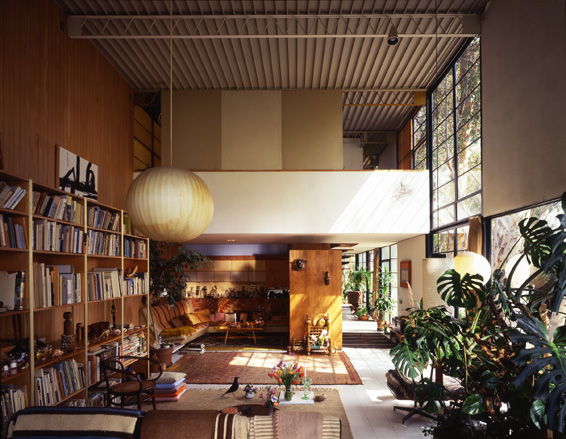
Interior of the Eames House
Extreme weather events, sea level rise, changing heat zones, and wildfires are the present reality and are dramatically affecting everything, including conservation, a field so often associated with the past. In spite of her grief and loss, Sandmeier finds optimism in the next generation of practitioners she teaches at USC. 'These are the folks who are going to be leading us into this future,' she says. 'They’re going to have to come up with the answers. So, having these conversations now is imperative. The fires bring climate change home in a tangible way.'
Mimi Zeiger is a Los Angeles-based critic, editor, and curator, holding a Master of Architecture degree from SCI-Arc and a Bachelor of Architecture degree from Cornell University. She was co-curator of the U.S. Pavilion for the 2018 Venice Architecture Biennale, and she has written for the New York Times, the Los Angeles Times, Architectural Review, Metropolis, and Architect. Mimi is the 2015 recipient of the Bradford Williams Medal for excellence in writing about landscape architecture. She has also authored New Museums, Tiny Houses, Micro Green: Tiny Houses in Nature, and Tiny Houses in the City. In 1997, Zeiger founded loud paper, an influential zine and digital publication dedicated to increasing the volume of architectural discourse. She is visiting faculty at the Southern California Institute of Architecture (SCI-Arc) and teaches in the Media Design Practices MFA program at Art Center College of Design. She was co-president of the Los Angeles Forum for Architecture and Urban Design and taught at the School of Visual Art, Art Center, Parsons New School of Design, and the California College of the Arts (CCA).
-
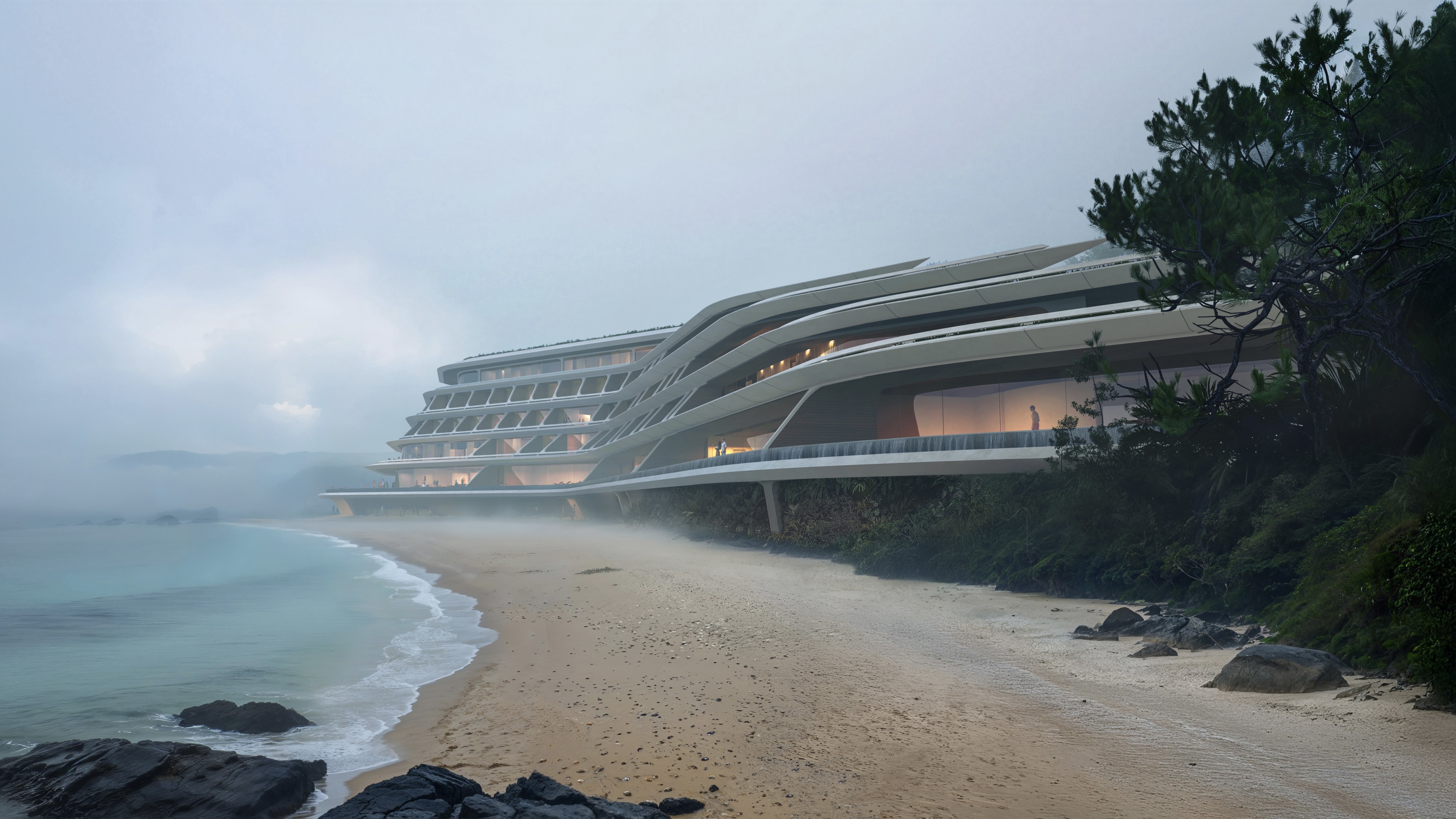 Curvilinear futurism meets subtropical beaches at Not A Hotel’s ZHA-designed Okinawa retreat
Curvilinear futurism meets subtropical beaches at Not A Hotel’s ZHA-designed Okinawa retreatZaha Hadid Architects has revealed the design for the first property in Not A Hotel’s futuristic new Vertex collection, coming soon to southern Japan
-
 Gorden Wagener leaves the helm of Mercedes-Benz design after 28 years with the company
Gorden Wagener leaves the helm of Mercedes-Benz design after 28 years with the companyThe German designer is stepping down from the role of chief design officer at Mercedes-Benz. We look back at his influence and impact on the world of automotive and luxury design
-
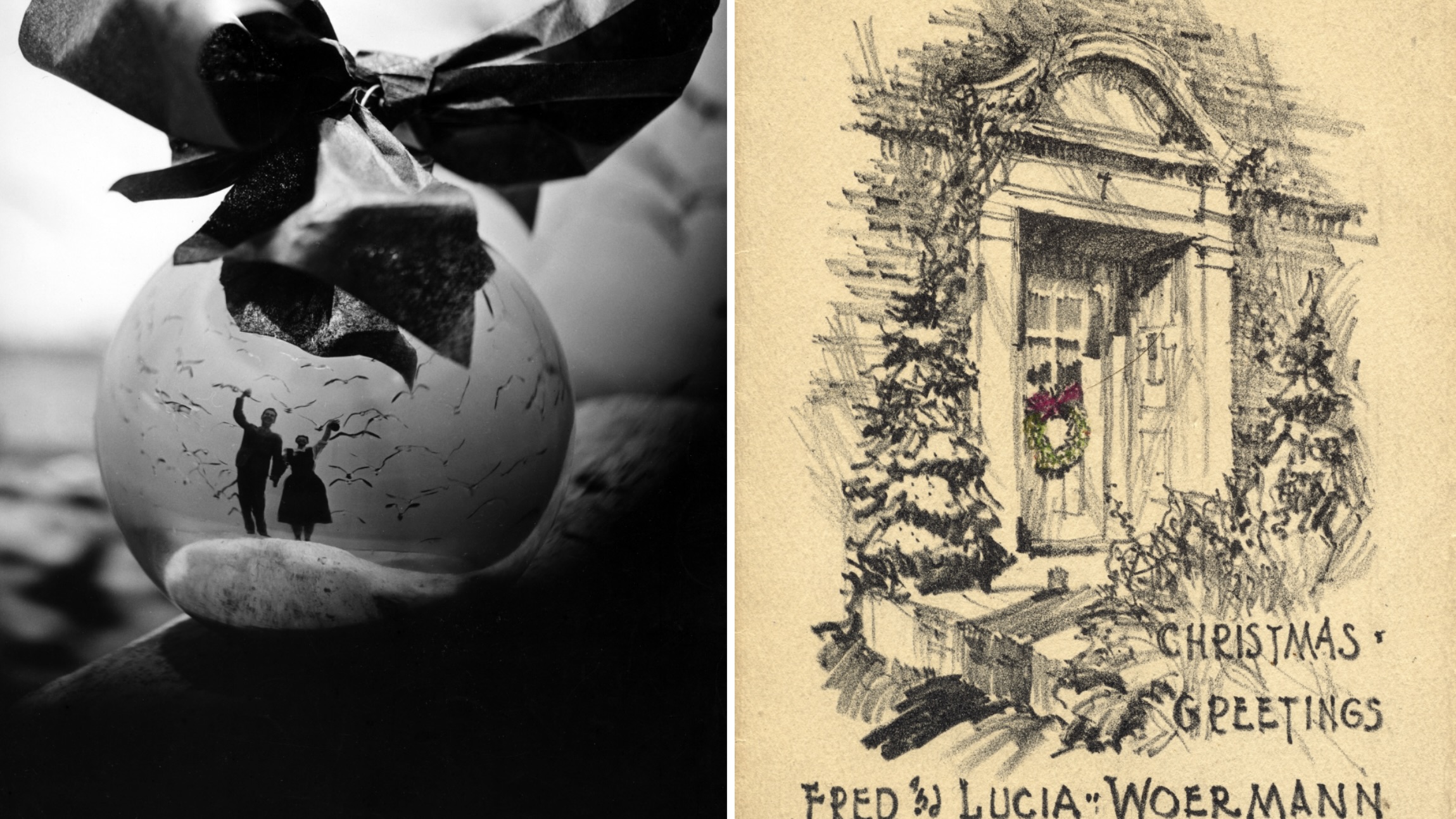 These Christmas cards sent by 20th-century architects tell their own stories
These Christmas cards sent by 20th-century architects tell their own storiesHandcrafted holiday greetings reveal the personal side of architecture and design legends such as Charles and Ray Eames, Frank Lloyd Wright and Ludwig Mies van der Rohe
-
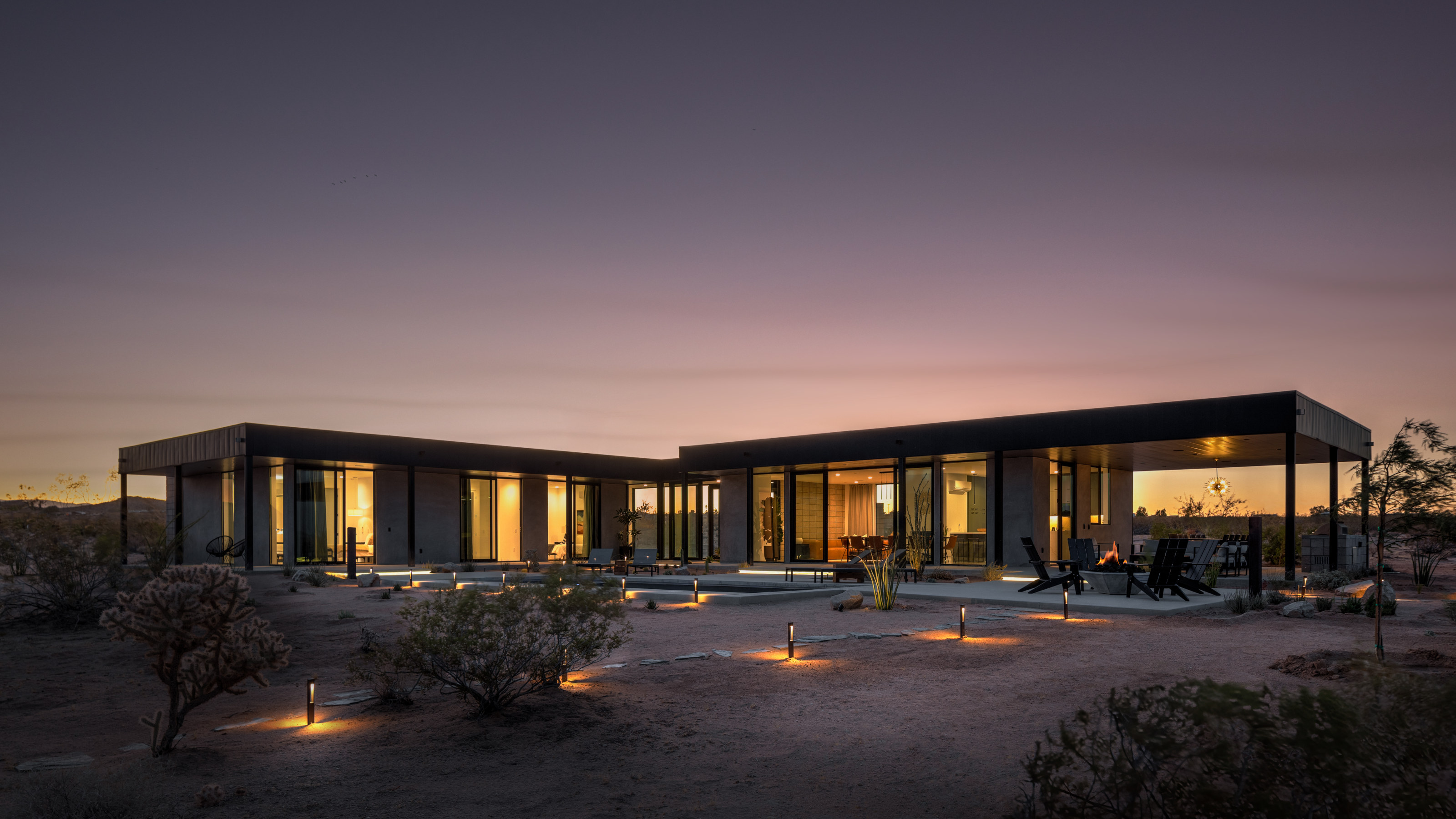 Rent this dream desert house in Joshua Tree shaped by an LA-based artist and musician
Rent this dream desert house in Joshua Tree shaped by an LA-based artist and musicianCasamia is a modern pavilion on a desert site in California, designed by the motion graphic artist Giancarlo Rondani
-
 Step inside this resilient, river-facing cabin for a life with ‘less stuff’
Step inside this resilient, river-facing cabin for a life with ‘less stuff’A tough little cabin designed by architects Wittman Estes, with a big view of the Pacific Northwest's Wenatchee River, is the perfect cosy retreat
-
 Remembering Robert A.M. Stern, an architect who discovered possibility in the past
Remembering Robert A.M. Stern, an architect who discovered possibility in the pastIt's easy to dismiss the late architect as a traditionalist. But Stern was, in fact, a design rebel whose buildings were as distinctly grand and buttoned-up as his chalk-striped suits
-
 Own an early John Lautner, perched in LA’s Echo Park hills
Own an early John Lautner, perched in LA’s Echo Park hillsThe restored and updated Jules Salkin Residence by John Lautner is a unique piece of Californian design heritage, an early private house by the Frank Lloyd Wright acolyte that points to his future iconic status
-
 The Architecture Edit: Wallpaper’s houses of the month
The Architecture Edit: Wallpaper’s houses of the monthFrom wineries-turned-music studios to fire-resistant holiday homes, these are the properties that have most impressed the Wallpaper* editors this month
-
 The Stahl House – an icon of mid-century modernism – is for sale in Los Angeles
The Stahl House – an icon of mid-century modernism – is for sale in Los AngelesAfter 65 years in the hands of the same family, the home, also known as Case Study House #22, has been listed for $25 million
-
 Houston's Ismaili Centre is the most dazzling new building in America. Here's a look inside
Houston's Ismaili Centre is the most dazzling new building in America. Here's a look insideLondon-based architect Farshid Moussavi designed a new building open to all – and in the process, has created a gleaming new monument
-
 Frank Lloyd Wright’s Fountainhead will be opened to the public for the first time
Frank Lloyd Wright’s Fountainhead will be opened to the public for the first timeThe home, a defining example of the architect’s vision for American design, has been acquired by the Mississippi Museum of Art, which will open it to the public, giving visitors the chance to experience Frank Lloyd Wright’s genius firsthand